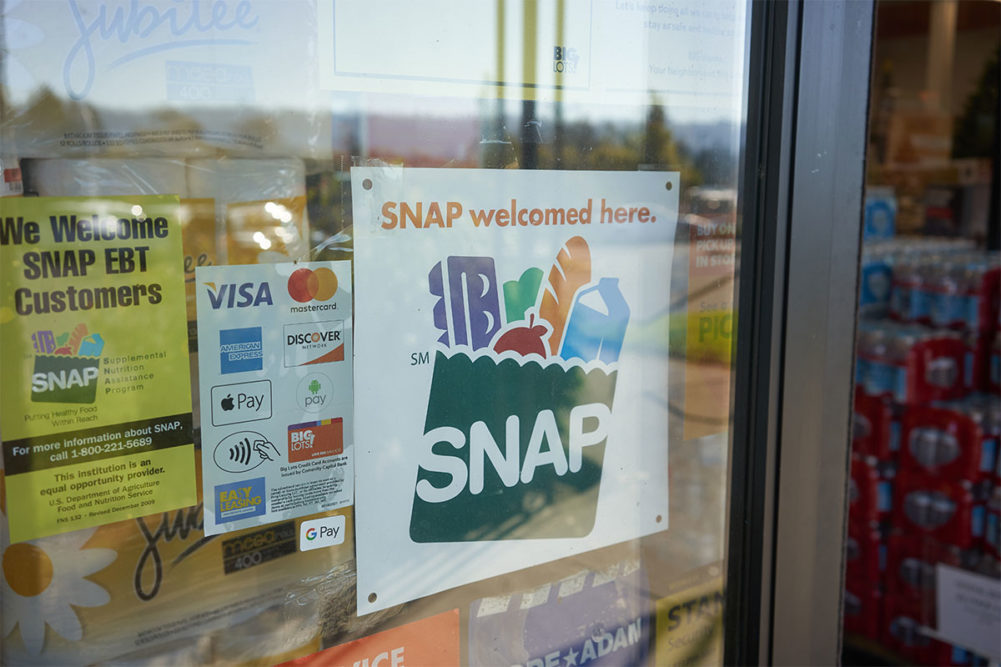KANSAS CITY — That government initiatives like the Supplemental Nutrition Assistance Program (SNAP) account for a large share of the US food business should not be a sudden revelation. Still, developments over the past year have put the importance of SNAP and other food assistance pr Josh Sosland, editor of Milling & Baking News.
Josh Sosland, editor of Milling & Baking News.
Source: Sosland Publishing Co.ograms more sharply into focus.
Commenting on the poor performance in 2023 of food and beverage stocks, Robert Moskow, an equity analyst with TD Cowen, said among many contributing factors, an early year reduction in food assistance benefits was key.
“The math we did indicated, if all that money was translated into lower food spending, it would have been a 3% reduction in overall food spending,” Moskow said.
Even if precise estimates linking the cuts tied to reduced food spending are not possible, food sales volume was a challenge for most consumer-packaged foods companies last year. The SNAP reduction was evident in monthly spending on the program by the federal government. Data from the Food and Nutrition Service of the US Department of Agriculture (USDA) showed the monthly government cost of SNAP falling to $7.2 billion in July 2023, down 35% from December 2022. The cut reflected an end last February to the SNAP emergency allotments (EAs) paid in 32 states. With the cuts SNAP households received at least $95 a month less in funding. The extra benefits had been designated as temporary assistance in connection with hardship caused by the COVID-19 pandemic. With the EAs eliminated abruptly, the food industry gained a valuable snapshot of what happens when cuts are applied to SNAP, which serves about 41.2 million people, or 12.5% of the US population.
The end of temporary COVID benefits was inevitable, but whether more SNAP cuts may be forthcoming should be a matter of concern to the food industry, given the ongoing wrangling in Congress over the budget and the federal deficit. Proposals within Congress have been floated that would lower funding for SNAP and other assistance programs by $800 billion over the next 10 years.
Food industry groups resolutely support SNAP. The American Bakers Association calls the program “the cornerstone of the nation’s nutrition assistance safety net,” hailing its structure for treating, by law, SNAP customers with “dignity” in a manner “equal to non-SNAP customers.” The Consumer Brands Association (CBA) describes SNAP as “an essential lifeline for many consumers to help feed their families.” The CBA, which represents manufacturers of household products, supports the program and “preserving the ability for individuals to choose the groceries that are right for their dietary needs,” the CBA said, adding that the group is a strong proponent as well of The Special Supplemental Nutrition Program for Women, Infants and Children (WIC).
The USDA, which administers the programs, for years has tried to publicize SNAP’s positives, seeking to counter public concerns about government giveaway programs. Recently, the USDA issued data demonstrating cuts to SNAP and WIC may not be as budget friendly as imagined by advocates for lower spending. For example, the Department cited research showing the prevalence of chronic disease, including hypertension and diabetes, rises significantly as household food security worsens. As the “cornerstone of the nation’s safety net,” SNAP is the nation’s most effective weapon against food insecurity. It accounts for less than 2% of the federal budget.
Attempts to sharply roll back the SNAP program have been rebuffed in the past, due to bipartisan support for fully funding the program. Still, efforts to tighten qualifications for the program have at times, been successful. Other proposals have been made that would limit what products SNAP recipients would be allowed to purchase with their benefits, restrictions adamantly opposed by the industry. The dampening effect on consumer demand of the February 2023 benefits cut cited by Moskow underscores the importance of grain-based foods and the entire food sector remaining vigilant and full-throated advocates for sustaining SNAP and other food assistance programs at appropriate levels.






